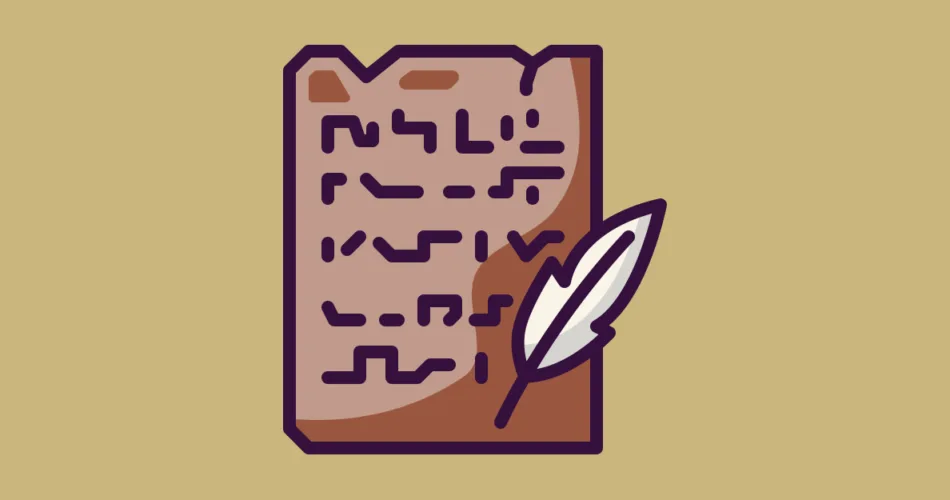When it comes to efficiently reading and writing data from and to files, Java provides a set of classes that make the process smooth and efficient. Among these classes, BufferedReader and BufferedWriter play a significant role in improving I/O operations, especially when dealing with character-based data. In this article, we’ll dive into the features and usage of BufferedReader and BufferedWriter in Java.
BufferedReader: Efficiently Reading Text
BufferedReader is a powerful class that provides buffering capabilities while reading character-based data, such as text files. This buffering mechanism allows for efficient reading by minimizing the number of actual I/O operations performed on the underlying source, like a file.
Let’s take a look at an example of how to use BufferedReader to read data from a text file:
BufferedReader reader = null;
try {
reader = new BufferedReader(new FileReader("sample.txt"));
String line;
while ((line = reader.readLine()) != null) {
System.out.println(line);
}
} catch (IOException e) {
e.printStackTrace();
} finally {
if (reader != null) {
try {
reader.close();
} catch (IOException e) {
e.printStackTrace();
}
}
}
In this example, we create a BufferedReader using the FileReader as the underlying source. The readLine() method reads a line of text from the file and returns it as a string. The process continues until the end of the file is reached.
BufferedWriter: Efficiently Writing Text
Similar to BufferedReader, BufferedWriter improves I/O operations by utilizing buffering mechanisms. It is used to write character-based data to a file in an efficient manner.
Here’s an example of how to use BufferedWriter to write data to a text file:
BufferedWriter writer = null;
try {
writer = new BufferedWriter(new FileWriter("output.txt"));
String data = "Hello, BufferedWriter!";
writer.write(data);
} catch (IOException e) {
e.printStackTrace();
} finally {
if (writer != null) {
try {
writer.close();
} catch (IOException e) {
e.printStackTrace();
}
}
}
In this example, we create a BufferedWriter using the FileWriter as the destination. The write() method allows us to write the specified string to the file. The data is first written to the buffer, and the actual I/O operation is performed efficiently.
Benefits of Using BufferedReader and BufferedWriter
BufferedReader and BufferedWriter offer several benefits:
- Improved Performance: The buffering mechanism reduces the number of actual I/O operations, resulting in faster reading and writing.
- Efficient Memory Utilization: Buffering helps in utilizing memory more efficiently by reading or writing data in chunks.
- Reduced Overhead: Fewer I/O operations mean less overhead and improved overall performance.
- Compatibility: These classes work well with various types of character-based data, including text files.
Conclusion
BufferedReader and BufferedWriter in Java are essential tools for efficiently reading and writing character-based data. Their buffering mechanisms significantly improve I/O operations, leading to better performance and memory utilization. By using these classes, developers can ensure that their file handling operations are both effective and optimized.
Subscribe to our email newsletter to get the latest posts delivered right to your email.


Comments